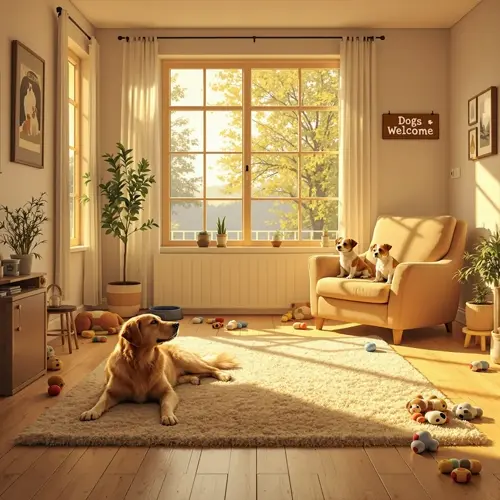Should bed and crate sizes match?

Written by
Wang Jiahao
Reviewed by
Prof. Henry Webster, Ph.D.Crates and beds are designed for different functions, with each requiring a unique sizing requirement. Crate sizes give security through compact sizing, while bed sizes require space for stretching. An inappropriate match also creates comfort problems. Bed sizes for natural movement should be 15-20% larger than the arena bed size.
Crate Requirements
- Snug fit prevents accidents during travel
- Height allows standing without crouching
- Length permits turning but not pacing
- Security takes priority over comfort
Bed Requirements
- Extra length for full stretching positions
- Width accommodates rolling and repositioning
- Depth supports various sleep postures
- Comfort outweighs confinement needs
Measurement Conflicts
- Crates measure internal dimensions only
- Beds require external space allocation
- Safety margins differ for each product
- Growth projections affect beds more
Crates provide the safety containment required for travel and training. Crates should allow for comfortable standing and turning around but prevent pacing. Unnecessarily large crates lead to bathroom accidents. Beds should have space to allow for normal sleeping positions, such as sprawled and curled.
Carefully measure the interior floor dimensions of your crate. Next, multiply each of those two values by 15-20% to calculate the minimum length needed for the bed. The width of the bed should be 25% larger than the crate dimensions. For instance, my Golden Retriever was comfortable inside a 42-inch crate, but needed a 50-inch bed to stretch out properly.
You should consider sleeping habits when considering bed sizes separately. Stretchers require more length than curled sleepers. Orthopedic beds require an exact size that matches human proportions. Crates support all sleeping positions within their tighter spaces.
Placement justifies space utilization. Cages must leave clearance walls for beds inside. Additionally, external beds must have walking space around them. Doors on a crate must always be open. Walking space between separate locations absolves the confinement of past rest locations.
Change for puppy growth differently. Crates need to be fitted for expected adult sizes and fitted with dividers. The bed needs to be replaced every six months during periods of rapid growth. Don't think or wish to buy & be on the same page by buying matching sets and assuming you can leave them.
Read the full article: Dog Bed Size Guide: Find the Perfect Fit

